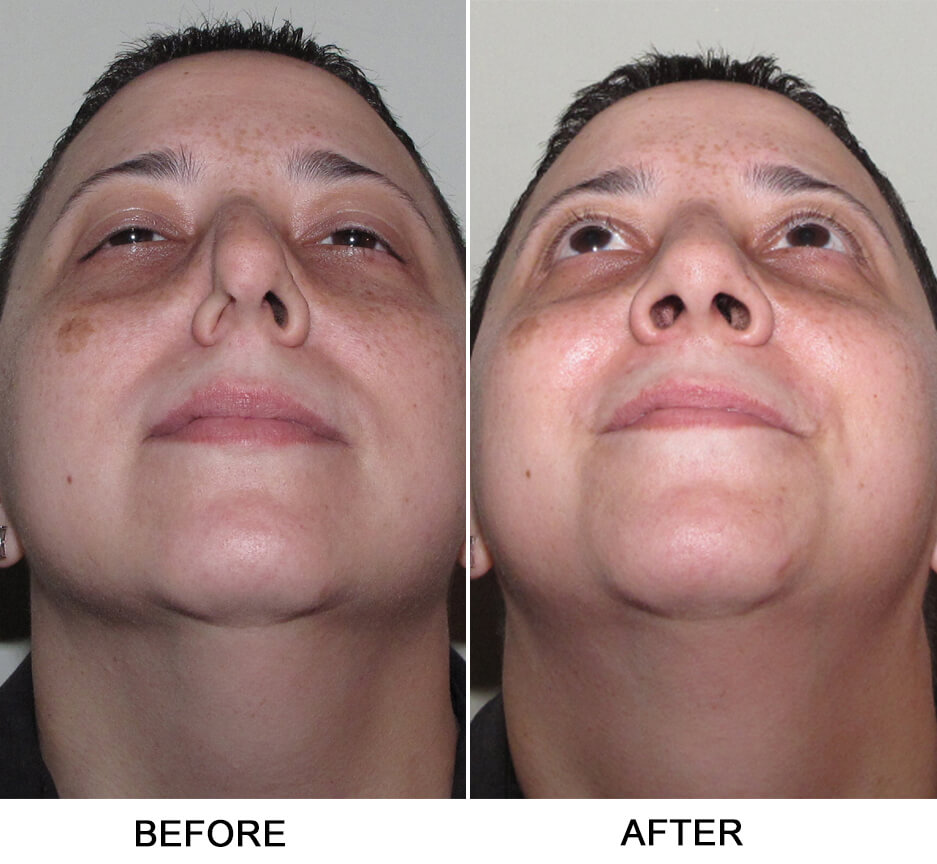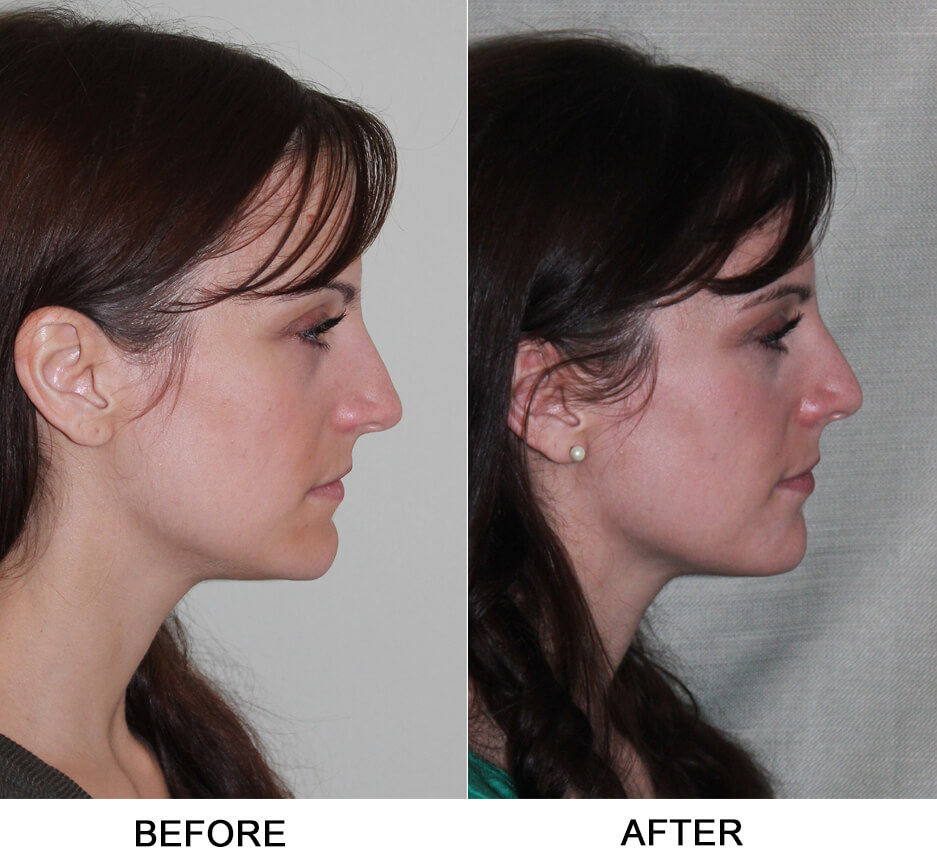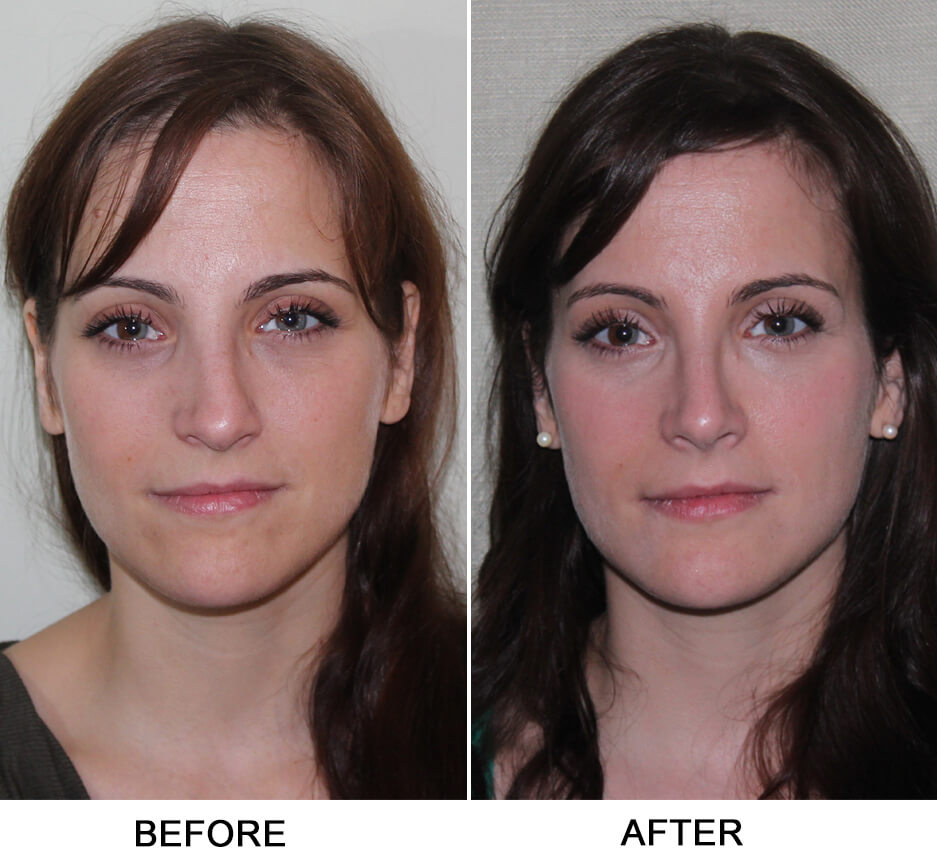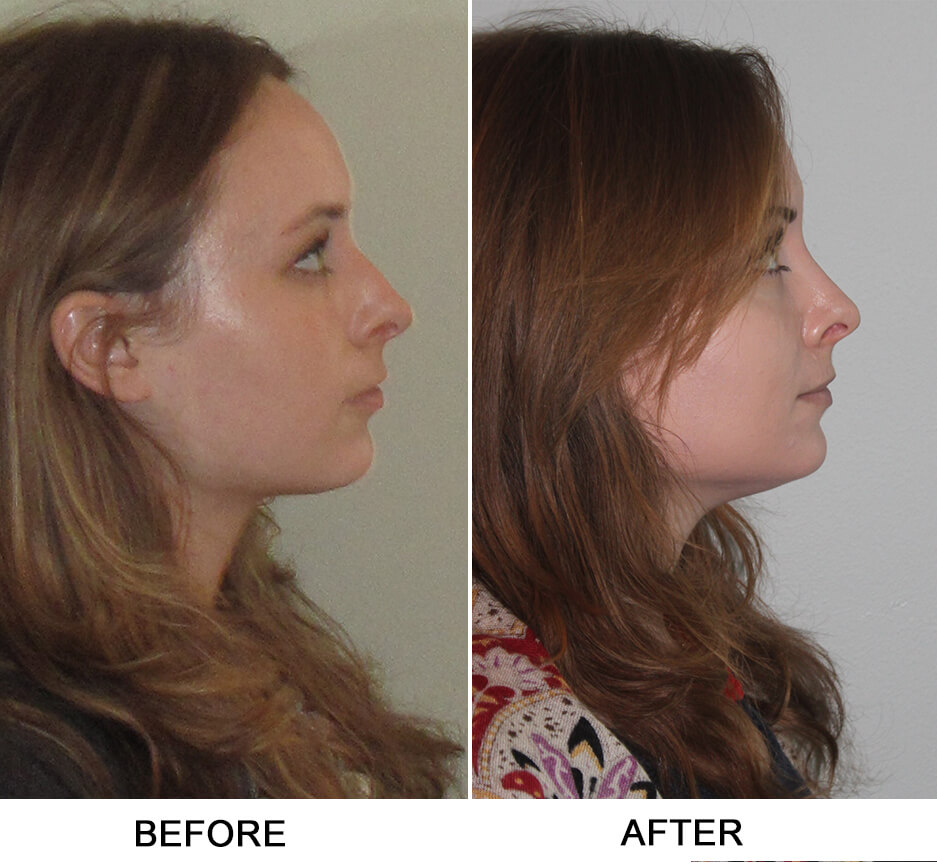Allergy Proof Your Home
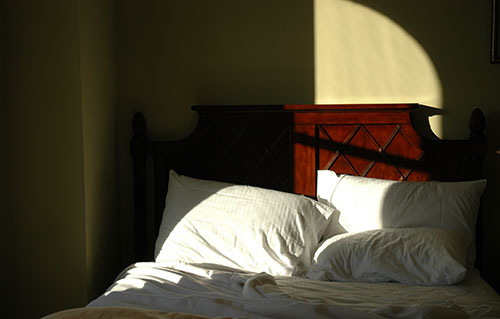
Home Allergies
Allergies are the immune system’s way of fighting various environmental aspects that it considers to be threatening. Substances to which the body has an allergic reaction are called allergens. Allergies can cause asthma, allergic rhinitis (runny nose), or skin reactions. Many common allergens are found in trees, pollen, foods, and molds. When you allergy-proof your home you can decrease your exposure to allergens. The most common allergens are:
- Dust mites are the most common allergen; dust mites are tiny creatures found in dust. They love warmth and high humidity (over 60%). They survive by feeding on dead skin and dander shed by humans and animals. Because they are around us all the time, many people can develop allergies to them. They can live in carpets, toys, bedding, furniture and drapes. Click here to read more about dust mites.
- Pollen from grass trees and weeds begin in the springtime and continue into the fall. If every time you go outside or the window is open your eyes water and nose itches, you may have a pollen allergy. Click here to read more about pollen.
- Mold can grow anywhere there is moisture and that can be about everywhere. You can be allergic to the mold spores and sometimes the mold can even grow in your sinuses.Click here to read more about mold and mildew.
- Pet dander is also a common allergen. Cat and dog dander, hair, and saliva are all allergens. Click here to read more about Pet Dander.
- Cockroaches are a common allergen in the Northeastern United States. They seek out food and warmth provided by human habitats, especially in the winter months. Click here to read more about cockroaches.

Cat Allergies
10 Tips to Control Home Allergens
It is possible to control the presence of common allergens in your home. Here are a few tips to help you get started:
- Control dust. Routinely remove and clean dust and objects that hold dust like books, magazines, rugs, drapes, carpets and toys. Carefully vacuum beds, pillows, drapes, carpets, floors and furniture. Avoid smoking inside.
- Clean air with HEPA filter. A properly running HEPA (High-Efficiency Particulate Air) filter will eliminate 99 percent of dust in a room. Placing an air purifier with a HEPA filter in the bedroom,where we spend about one third of our time, is most helpful (This year, Dr. Bennett recommends the Whirlpool AP51030K [$349] or the Hunter 30547 [$230]) When possible, vacuums and air handling systems should also use HEPA filters.
- Keep humidity low with air conditioners or dehumidifiers.
- Clean mold in basements, kitchens and bathrooms with borax or specially formulated mold cleaners. Click here to read more about mold & mildew.
- Allergy-proof the bedroom. Place mattresses and box springs in zippered dust-proof covers. Use a mattress pad to place some space between you and the mattress. Wash blankets, mattress pads, and bedding weekly. Steam clean your mattress and pillows frequently. Replace pillows every 6 months, as old pillows can accumulate one quarter of their weight in dust. Use allergen-resistant pillow cases. Remove wall-to-wall carpets and replace with washable throw rugs. Keep pets out of the bedroom. They will adjust very quickly. If you have to sleep with a pet you are allergic to, be sure to bathe them every one to two weeks.
- Close and seal windows if you are allergic to outside insects or pollen. The air outside is actually five to ten times cleaner than the air inside unless you are allergic to something outside. Wash drapes and dust blinds with a microfiber or Swiffer duster every two to three weeks.Click here to read more about pollen.
- Place food products in glass or metal containers to control household insects.
- Clean carpets once a year. Use a steam cleaner or have it done professionally. You may also place non-washable rugs in the sun once a year to kill dust mites.
- Wash bedding, linens and rugs weekly. Use hot soapy water or borax for 5 to 10 minutes.
- Put toys with fabric on them in a freezer bag and freeze for 24 hours to kill dust mites. Washable stuffed toys should be washed every two weeks.
Of course, these are only guidelines and nobody can do all of them all the time. But if you are aware of the sources of allergens in your house, you can create a healthier environment for you and your family.
Additional allergy information:
Sinuses & Your Environment: More helpful hints on ways to keep your sinuses healthy.
Sinus Health Series:
- Pollen Allergy: What pollen really is and how can we limit its harmful effects.
- Mold & Mildew: Places you never thought you might find mold and how to control it.
- Dust Mites: What they are and how can we limit them in our environment.
- Pet Dander: We love our pets and will do what we can to live happily and healthily with them.
- Pollution: Pollution can affect your sinuses in ways you may never have imagined.
- Cigarettes: It’s time to quit – here is why.
- Cockroaches: An allergy many overlook; roaches can cause significant discomfort.
Meet Dr. Garrett Bennett
Learn more about New York City's double board certified Sinus and Nasal Surgery Expert.
Filter through patient reviews of Dr. Bennett from all around the web


